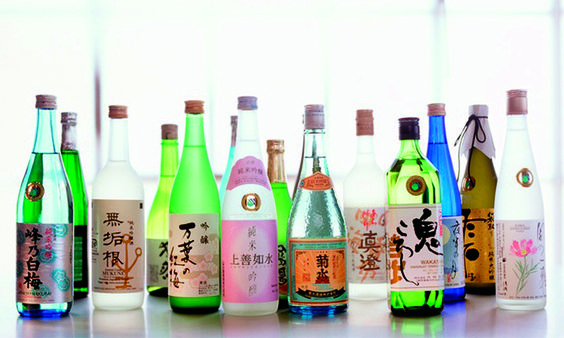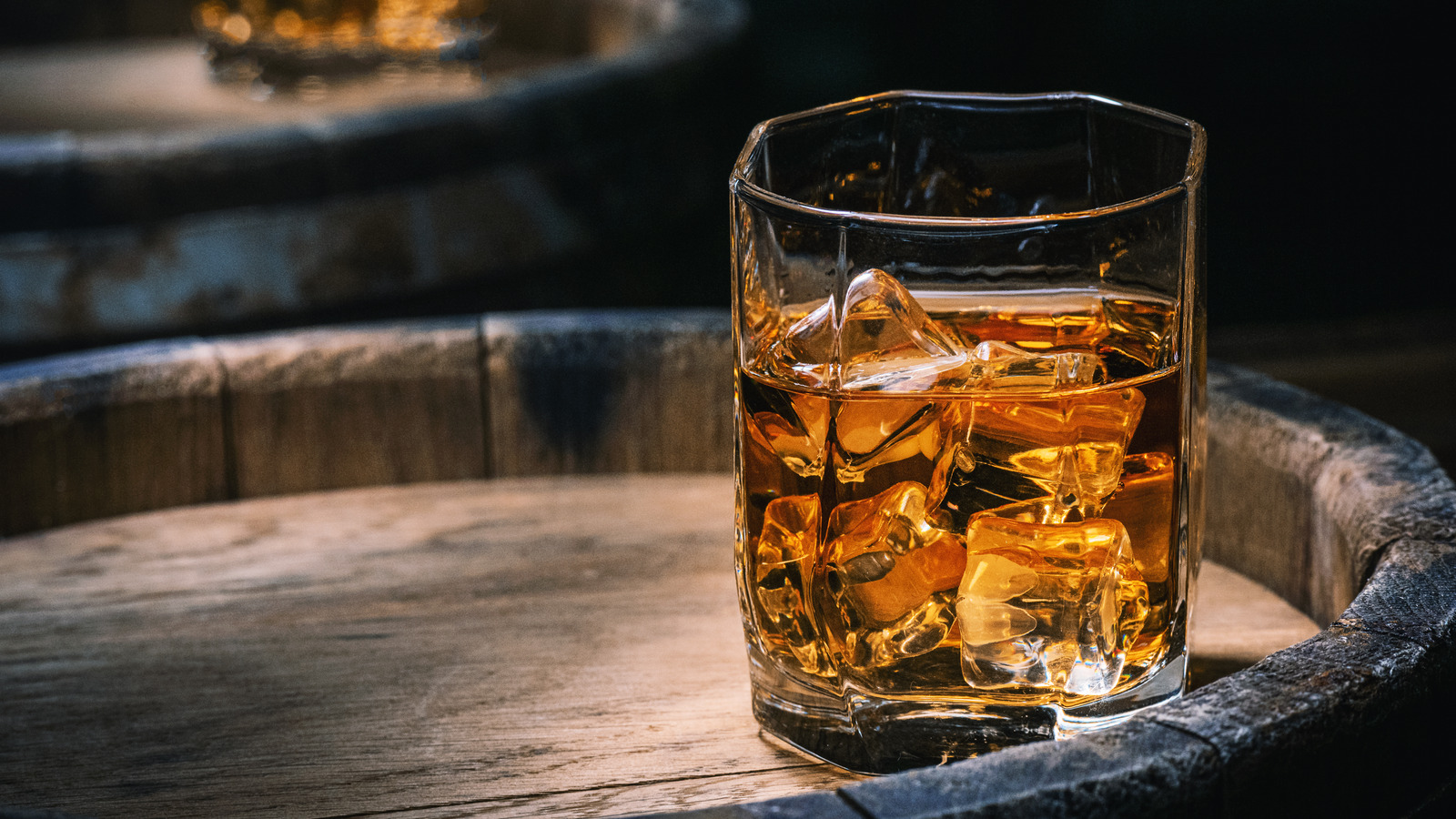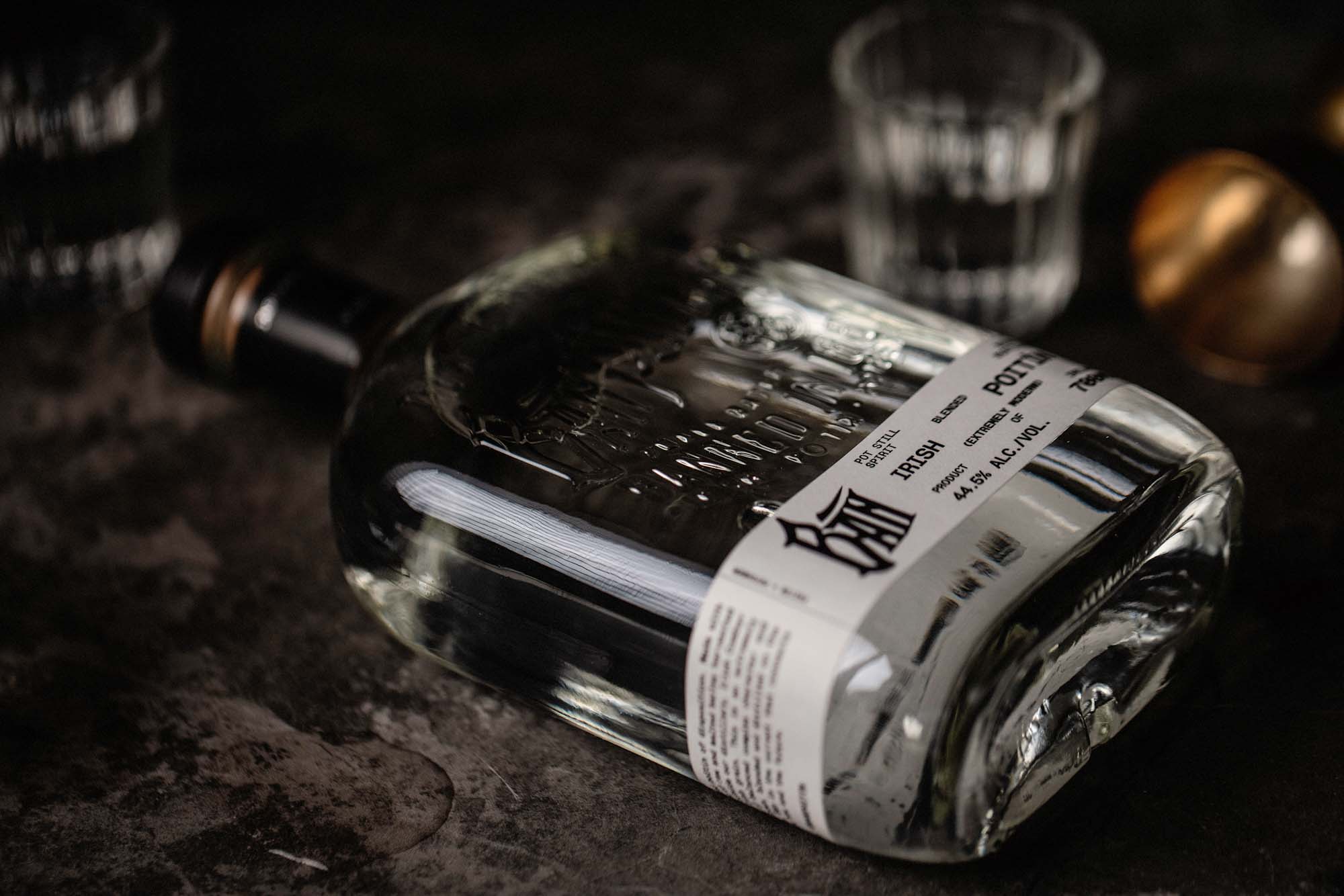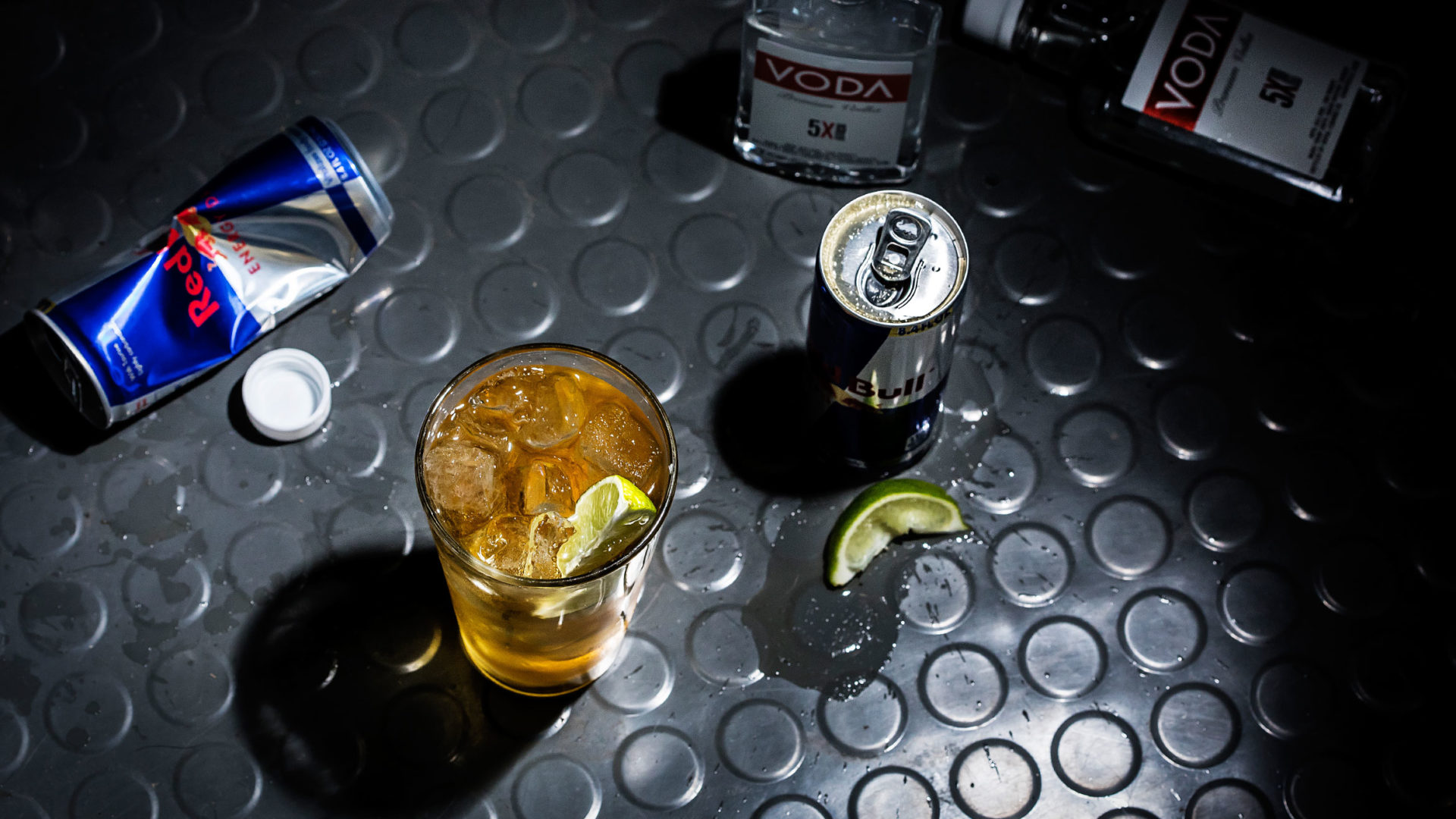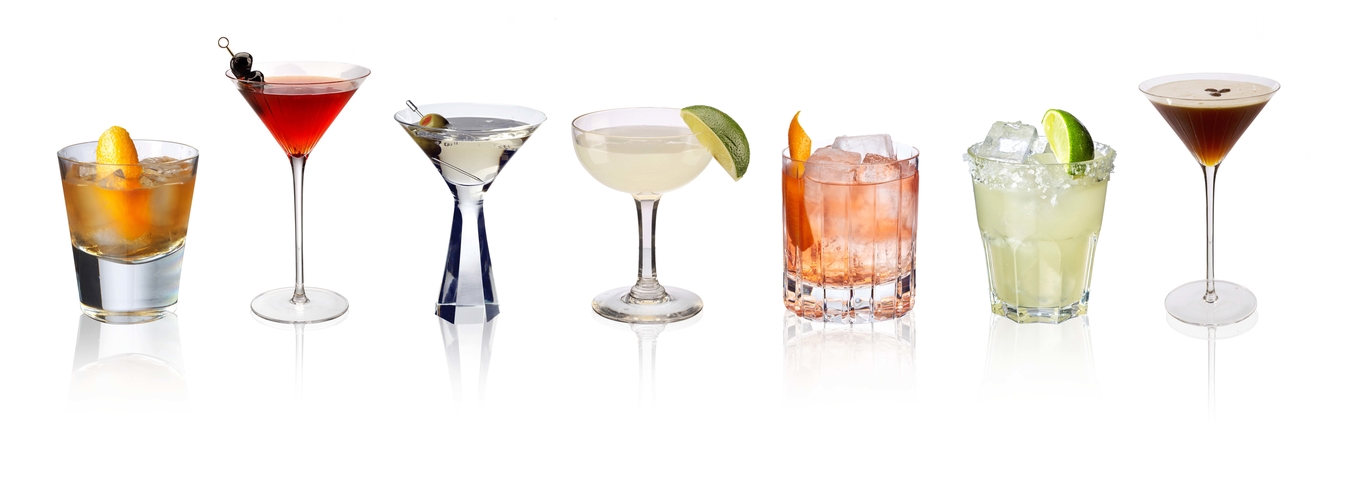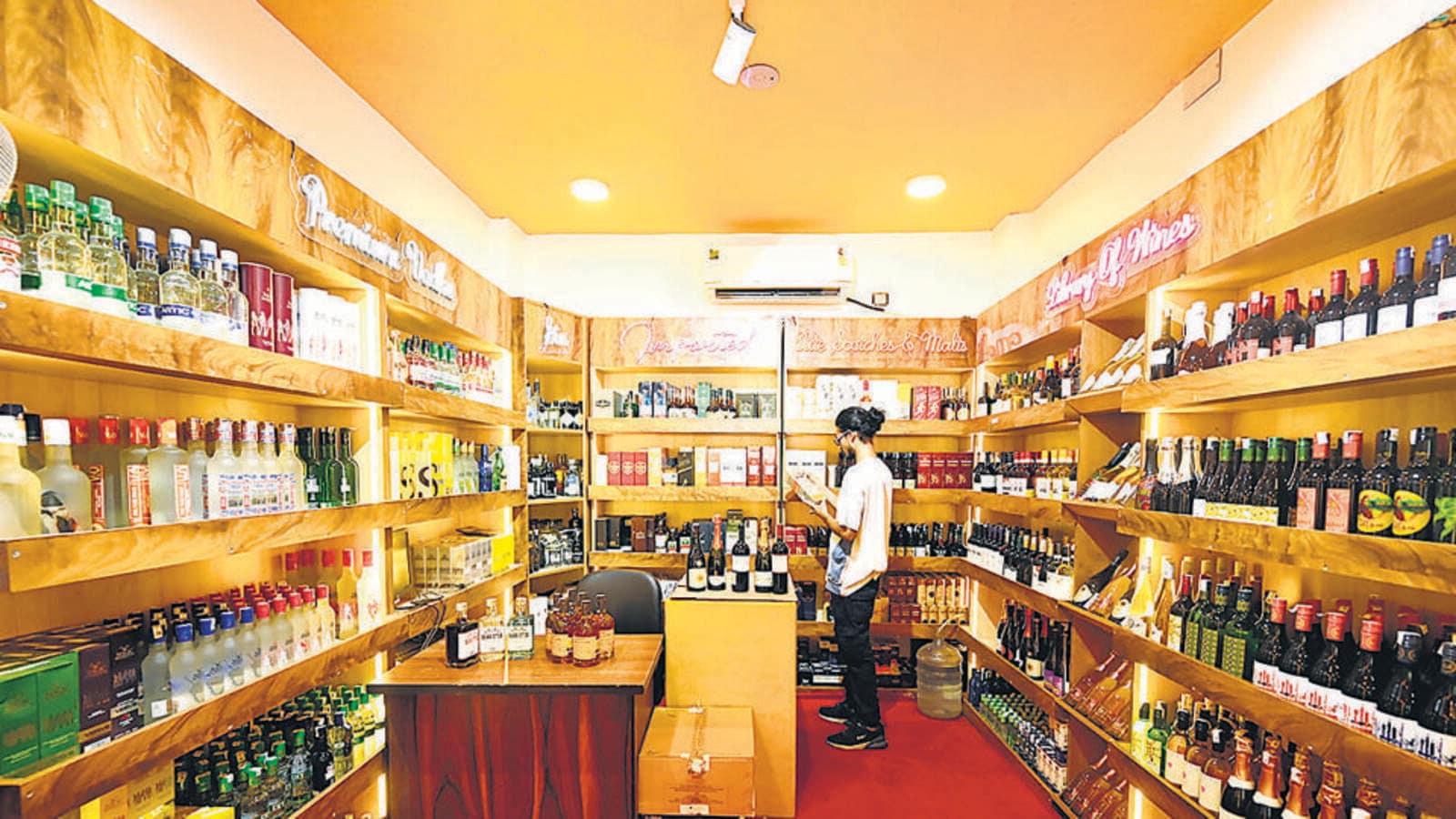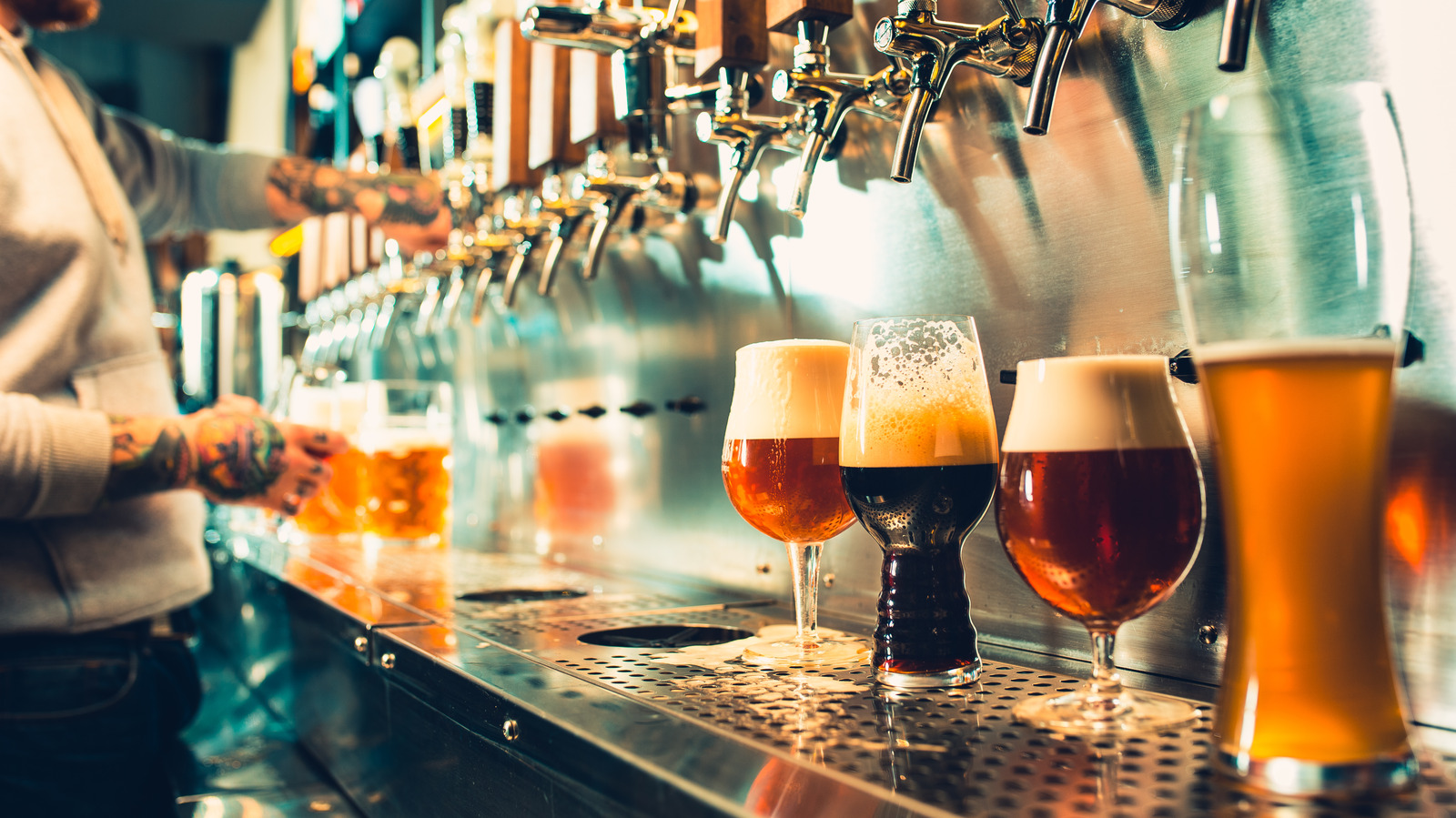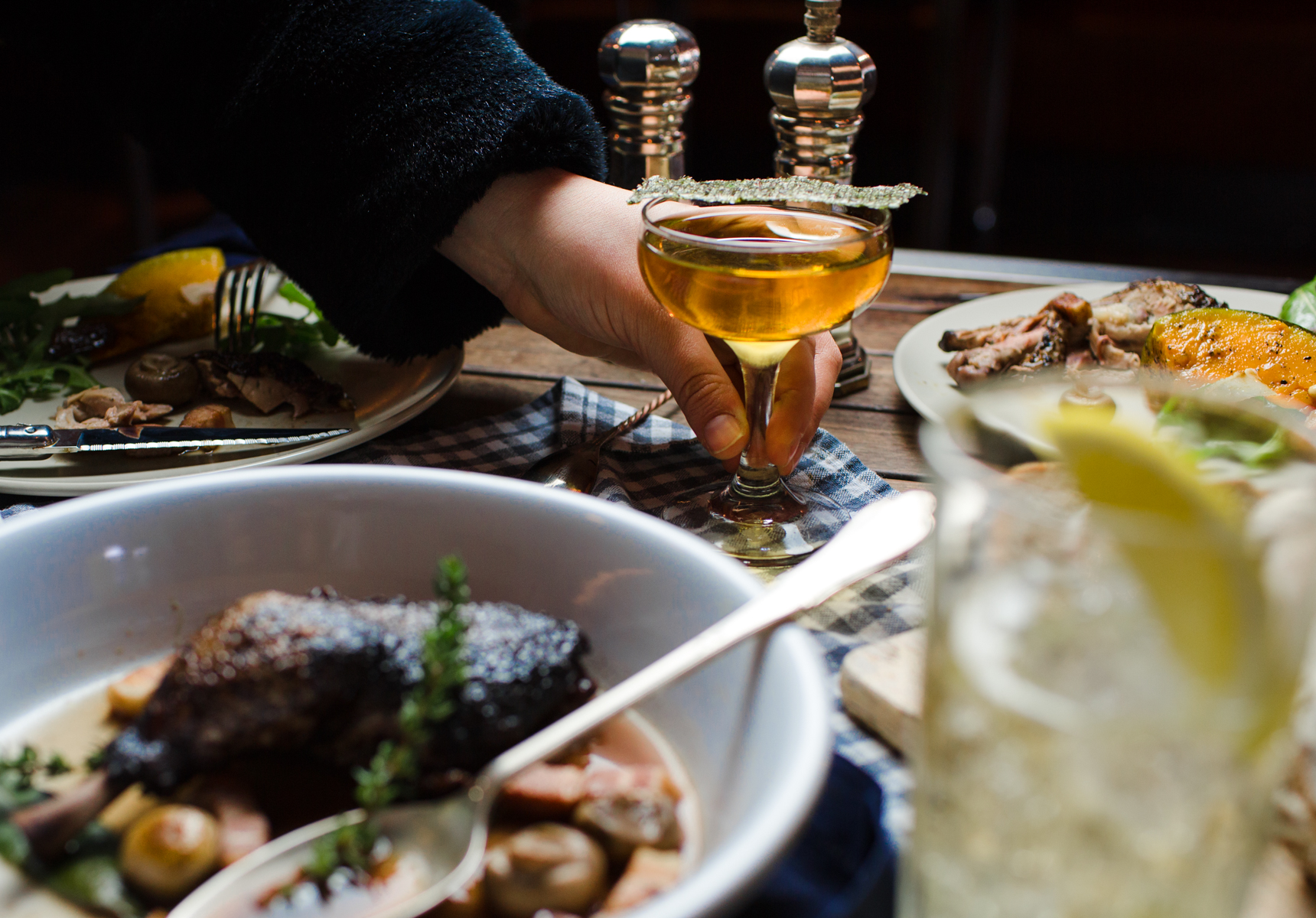Japanese culture and products are quickly becoming the new trend worldwide, be it anime, ramen, or sushi. With their increased popularity, it didn’t take much time for sake to enter the limelight too.
If you’ve seen this drink while watching anime, eating sushi, or simply relaxing at a bar and it’s aroused your interest, we’re here to satisfy it. Let us introduce you to the new alcohol in town, and we won’t even take the credit if you and sake hit it off! Here is a complete guide to what is sake.
What Is Sake?
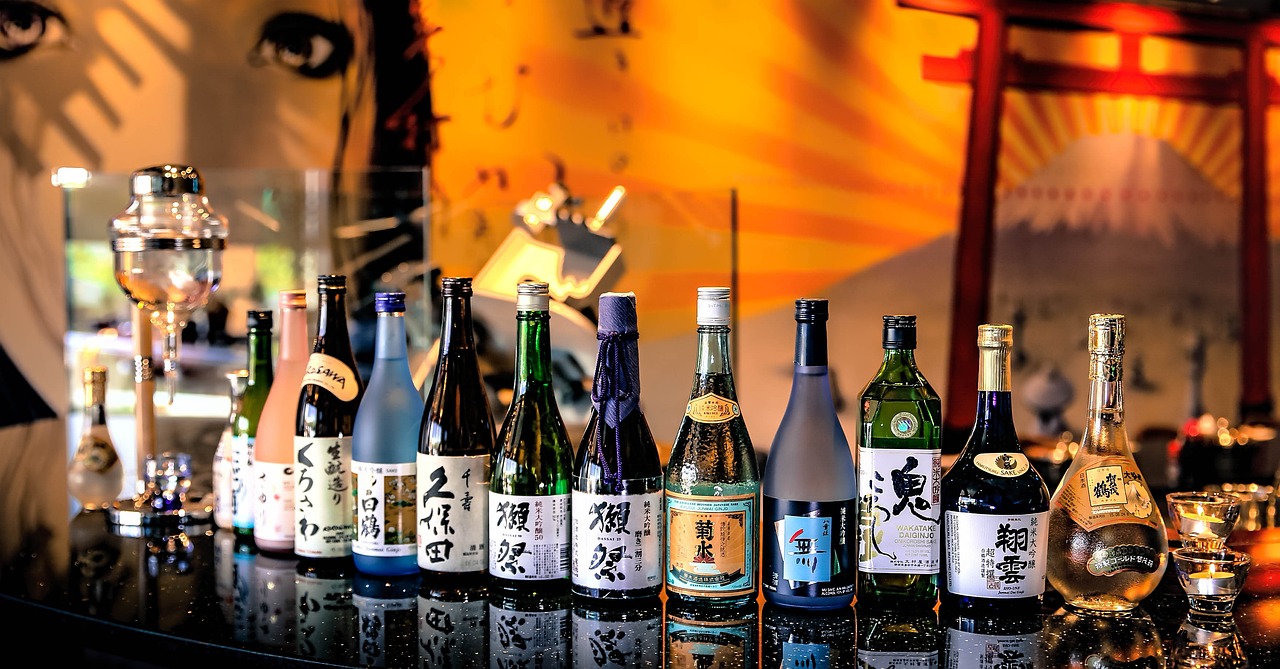
Sake is Japan’s national drink, and it is pronounced sah-keh, not sah-ki. It is a brewed alcoholic beverage produced by a process known as multiple parallel fermentation. It is the only drink created in this manner, making it more unique.
The main ingredients are sake rice (rice with a far larger and starchier center than table rice), water, koji, and yeast. Although it is often referred to as rice wine, sake is neither a wine, beer, or spirit. This standalone beverage is stronger than wine but lighter than spirits.
Fine sakes are matured for a year or longer, and most varieties contain an alcohol-by-volume percentage of 15% to 20%. Many factors impact the flavor of the final product, including the mineral concentration of the water. As the brewing process delivers an array of flavor traits, there is a sake for every palate.
Also Read: What Is Liqueur? Everything You Need To Know
History Of Sake
Sake took a few hundred years to evolve after rice was first planted in Japan over 2,000 years ago. This unique alcohol is a better version of the original one, and you’ll soon agree too! Kuchikami-zake is one of the original types of alcohol in Japan. It was made by anyone who had strong enough jaws and teeth to chew grains of rice.
This ‘mouth-chewed rice’ would be spat into a barrel, and enzymes in human saliva, coupled with natural yeast, would be left to make an alcohol of sorts (we know, yuck!). It wasn’t until around 1000 A.D. that they discovered the koji mold necessary to convert the starch in rice grains into sugar.
Even the process of polishing’ or milling rice was not evident till the year 1478. In 1578, sake had been filtered enough to make it completely transparent, making it the favorite drink of the period. After this, many more small tweaks were made to give us this intriguing drink, which is now the national drink of Japan.
Also Read: 7 White Wines In India To Try Right Now!
How Is Sake Made?
Sake production is more similar to brewing beer than making wine, as both require repeated fermentations. However, it slightly differs from that of brewing beer as the enzymes in barley break down starch molecules and convert them into sugars.
Sake rice lacks the enzymes found in barley; koji is required for the production of sake. Plus, in sake production, starch becomes sugar, and the sugar turns into alcohol at the same time with the use of yeast. This process is known as “multiple parallel fermentation,” as opposed to multiple sequential fermentation in beer production.
Also Read: 7 Best Bold And Beautiful Blue Cocktails
How Is Sake Served And Enjoyed?
Sake can be served chilled, warmed, or at room temperature. Some types of sake, like Ginjo, are best served cold, whereas Junmai is best served at room temperature or warm. Each sake has its own temperature that best brings out the tastes, and personal choice is also very important.
A classic sake set involves a serving flagon called a tokkuri and smaller personal cups called ochoko. A small glass is occasionally placed inside a wooden box or masu. In certain instances, the drink will be poured until it overflows into the masu.
If you’re having sake with a group of people, it’s customary to serve your friends before you serve yourself. It means you have to keep track of how much of the drink your friends have left in their cups, and vice versa.
Also Read: A Safety Guide To Set Cocktails On Fire
Popular Types Of Sake
Sake has a number of varieties based on ingredients, methods of production, and the extent of rice polishing. Each type has a unique flavor that can be savored in plenty of ways. If you’re new to sake and want to try it out, check out the following distinctions.
Futsushu
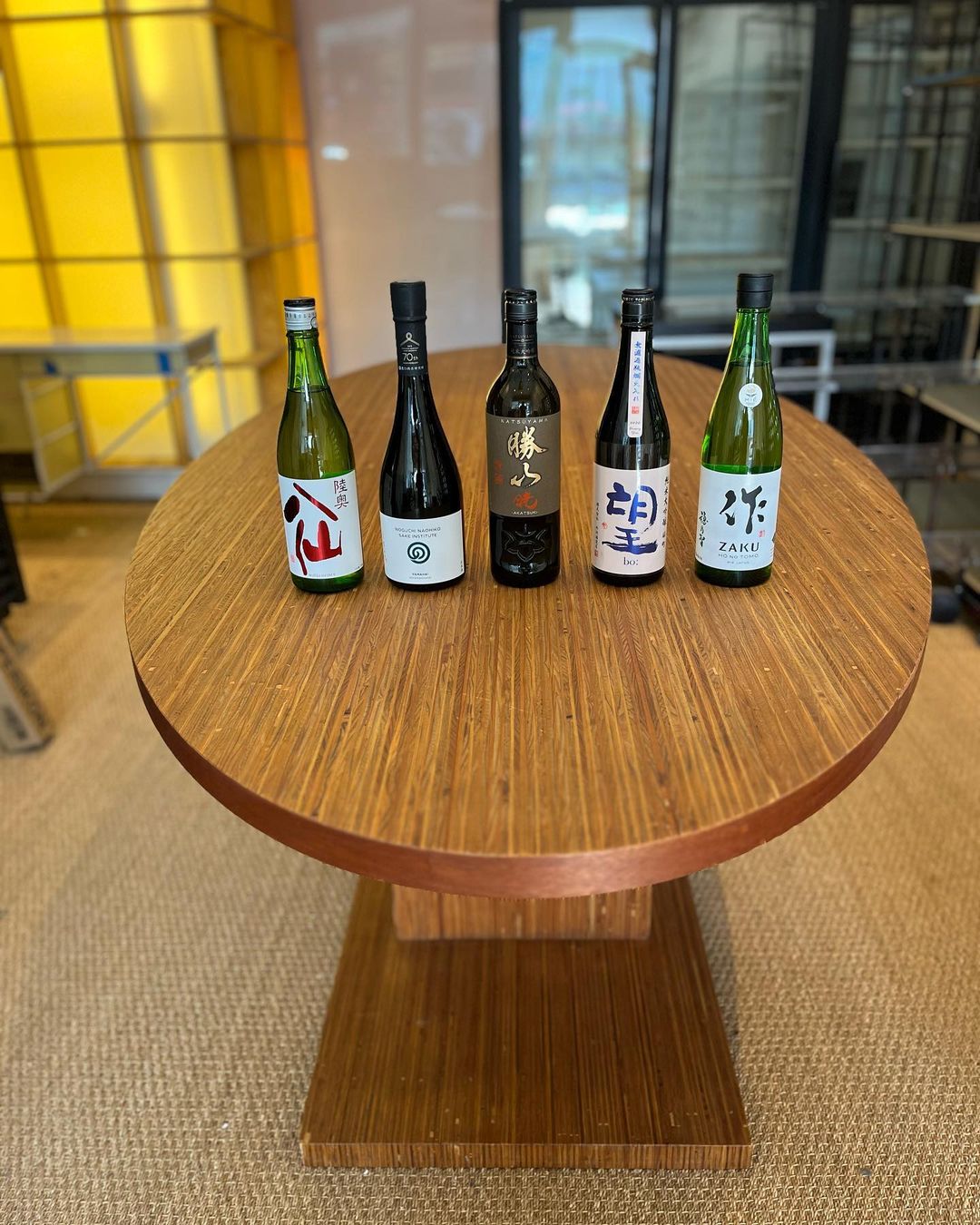
Futsu means “ordinary” in Japanese, and as you may think, Futsushu is the “standard” sake that is on par with table wine. It refers to any sake that is not a premium one or of the special categories such as Junmai or Ginjo.
It is the most popular sake in Japan, accounting for more than 70% of the market. While it isn’t fancy, don’t mistake Futsushu for low-quality sake; there are some excellent Futsushu sakes out there.
Junmai
Junmai sake is made with only rice, water, koji, and yeast. Other ingredients, such as brewer’s alcohol, are not present. As a result, Junmai is known as “pure rice” sake resulting in it being one of the premium sakes.
This sake is strong and juicy as it contains no distilled alcohol. However, being Junmai doesn’t indicate superior sake as adding a small amount of distilled alcohol can change and enhance flavor profiles and aromas.
Honjozo
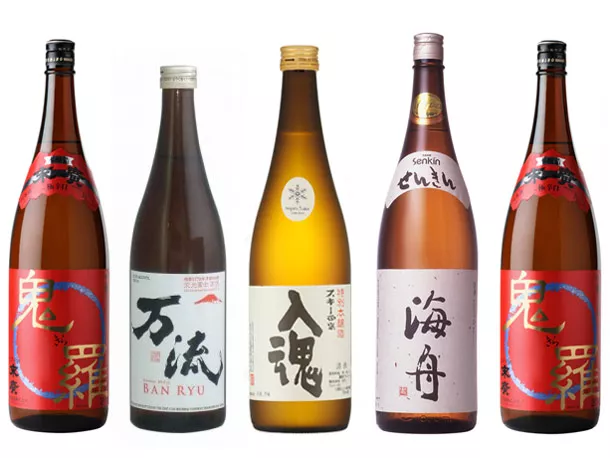
In contrast to Junmai, Honjozo sake makers use distilled brewer’s alcohol to attain a lighter texture and more transparent flavor profile. It should be noted that the added alcohol isn’t used to strengthen the sake.
Instead, it adds to the refreshing nature of the sake. Honjozo keeps the polishing ratio of 30% milled away and 70% remaining. Classic Honjozo is dry and can be savored at a variety of temperatures.
Ginjo
Ginjo is among the premium sake with at least 40% of the grain polished away and 60% of the grain remaining. It has fragrances of fruit and flowers and is a refined sake. What’s intriguing about Ginjo is, it wasn’t accessible or made till about 50 years ago, when sweet sake was the norm.
Then sake brewers started making lighter, drier, and crisper sakes by polishing rice beyond 40%. Ginjo sakes are becoming increasingly popular for their ease of drinking and good balance.
Daiginjo
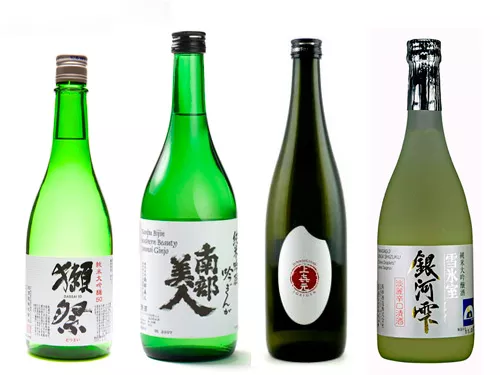
The highest level of premium sake is Daiginjo, which has 50% of the grain polished away. Daiginjo Sake is exquisite and full of character, and it’s a choice for special events. They involve the best rice at the highest polishing rate and showcase the finest skills of the Toji as well. The Toji takes extra care during the production process of Daiginjo’s sake.
Now that you know of the popular types of sake, it’s important to tell you that you’ll even find a combination of these. Some of which are Junmai Ginjo and Junmai Daiginjo which are more prestigious and are often used as gifts.
Also Read: Best Mixers For Gin
Summing Up
We’re sure you’re more than eager to get your hands on sake now and test out your compatibility with it. Did you know there are multiple cocktails made from sake? Now that you know what is sake why not go out with your friends and tell them all about it? Do let us know what their reaction was when you told them about Japan’s kuchikamizake!
FAQs
Is Sake A Liquor Or Wine?
Sake, like beer and wine, is a brewed alcohol derived from fermented rice juice. It normally contains 15% alcohol by volume, which is substantially lower than conventional spirits such as tequila, whisky, and gin.
What Does Sake Taste Like?
Despite the fact that rice has a pretty bland flavor, sake, particularly Ginjo-shu, has delicious flavors that are akin to apples, bananas, and diverse fruits.
Can Sake Get You Drunk?
Yes, if you consume enough. Sake, like any other alcoholic beverage, can get you intoxicated. It typically contains an alcohol level of 13% to 17%. Just a tad more than most wines.
Is Sake Stronger Than Vodka?
No, sake is not as potent as vodka. It has roughly 15-16% alcohol by volume, whereas vodka contains 40% ABV.
Is Sake Hard Alcohol?
No, sake is not hard alcohol.
Why Do Japanese Drink Sake?
Japanese drink sake was used to purify the shrine, spaces, and oneself in the Shinto religion.
Does Sake Leave A Hangover?
In comparison to other alcoholic beverages, sake has no sulfites, low histamines, and one-third the acidity of the wine. These three elements are known to cause hangovers.
How Is Sake Drunk?
Sake can be served chilled, at room temperature, or heated, depending on the type of sake and the drinker’s preferences. Junmai-style sake is the most adaptable sake since it can be served chilled, at room temperature, or even hot.
